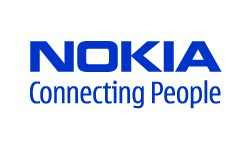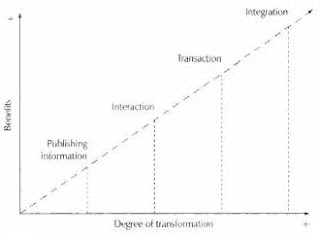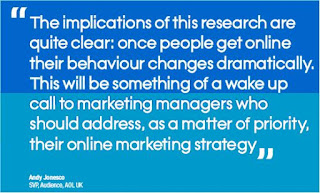Academic Journals
Abstract
Mobile Internet, which is a combination of the Internet with mobile devices, has become popular recently. Mobile Internet is primarily different from stationary Internet in that it may be used in various contexts, whereas stationary Internet is mostly used in predetermined environments. However, it is far from clear in what places and situations Mobile Internet has been used frequently and what the impact of the contexts has been on the ease of use. This paper proposes a framework for studying the use context relevant to Mobile Internet. It then presents the results of an empirical study of the use context and service usability for Mobile Internet by using monitoring methods. The results indicate the use contexts of Mobile Internet are of a concentrated type rather than being widely diverse. Moreover, the different contexts present unique usability problems. The paper concludes by discussing the theoretical and practical implications of the results.
Source: http://doi.ieeecomputersociety.org/10.1109/HICSS.2002.994090
Adoption of WAP-enabled mobile phones among Internet
users
Abstract
This paper examines the attitudinal, social and perceived behavior control factors that are associated with the adoption of WAP-enabled mobile phones among Internet users. An online questionnaire is used to gather data. The results show that attitudinal and social factors rather than perceived behavioral control factors play a signi2cant role in in3uencing intentions to adopt a WAP-enabled mobile phone. In particular, perceptions of relative advantage, risk, and image are found to influence adoption intentions. In addition, reference groups too play an important role in shaping adoption intentions. Implications of results and directions for future research are examined.
Source: http://www.websm.org/uploadi/editor/888.pdf
The Mobile Internet Needs Better Search To Thrive
Abstract
The article highlights the 3GSM World Congress in Barcelona, Spain in February 2007. With the advent of this mobile technology, Google and Yahoo, leaders in PC-based search market, are already constructing their mobile business model. The congress will have heavy emphasis on getting people connected to the mobile Internet. Wireless providers are already desperate to get customers on mobile data to ensure future growth
Source: http://search.ebscohost.com/login.aspx?direct=true&db=buh&AN=24135886&site=ehost-live


















